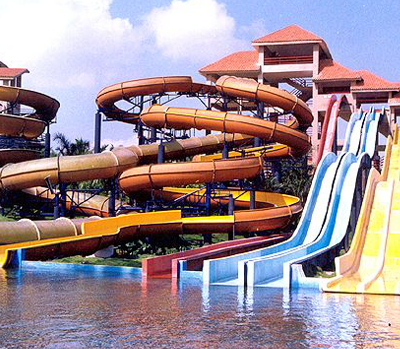
Meenakshi Amman Temple
Arulmigu Meenakshi Sundareswarar Temple a.k.a Arulmigu Meenakshi Amman Thirukkovil is a historic Hindu temple located on the southern bank of the Vaigai River in the temple city of Madurai, Tamil Nadu, India. It is dedicated to the goddess Meenakshi, a form of Shakti, and her consort, Sundareshwarar, a form of Shiva. The temple is at the centre of the ancient temple city of Madurai mentioned in the Tamil Sangam literature, with the goddess temple mentioned in 6th-century CE texts. This temple is one of the Paadal Petra Sthalams, which are 275 temples of Shiva that are revered in the verses of Tamil Saiva Nayanars of the 6th-9th century CE. Kumaraguruparar, a 17th-century Tamil poet, composed Meenakshi Pillaitamil in praise of presiding deity of this temple. King Tirumalai Nayak's patronage of the poet Kumaraguruparar has an important place in the history of pillaitamil (a genre of Tamil literature). Kumaraguruparar visited a lot of temples and when he visited this temple, he composed Meenakshi pillaitamil dedicated to the goddess Meenakshi.
- Historical Place
- 3-4 Hours.
- Hindu Temple






